Whether it’s your ankle, back, knee, neck, or shoulder, a sprain can significantly disrupt your routine—making simple activities like walking, lifting, or turning your head agonizingly difficult. At The PT Zone, our targeted rehabilitation programs focus on restoring stability and function, so you can resume daily tasks without the lingering fear of re-injury.
- Reduce pain and swelling in the injured joint
- Promote healing of overstretched ligaments
- Enhance balance and joint stability
- Rebuild strength to prevent future sprains
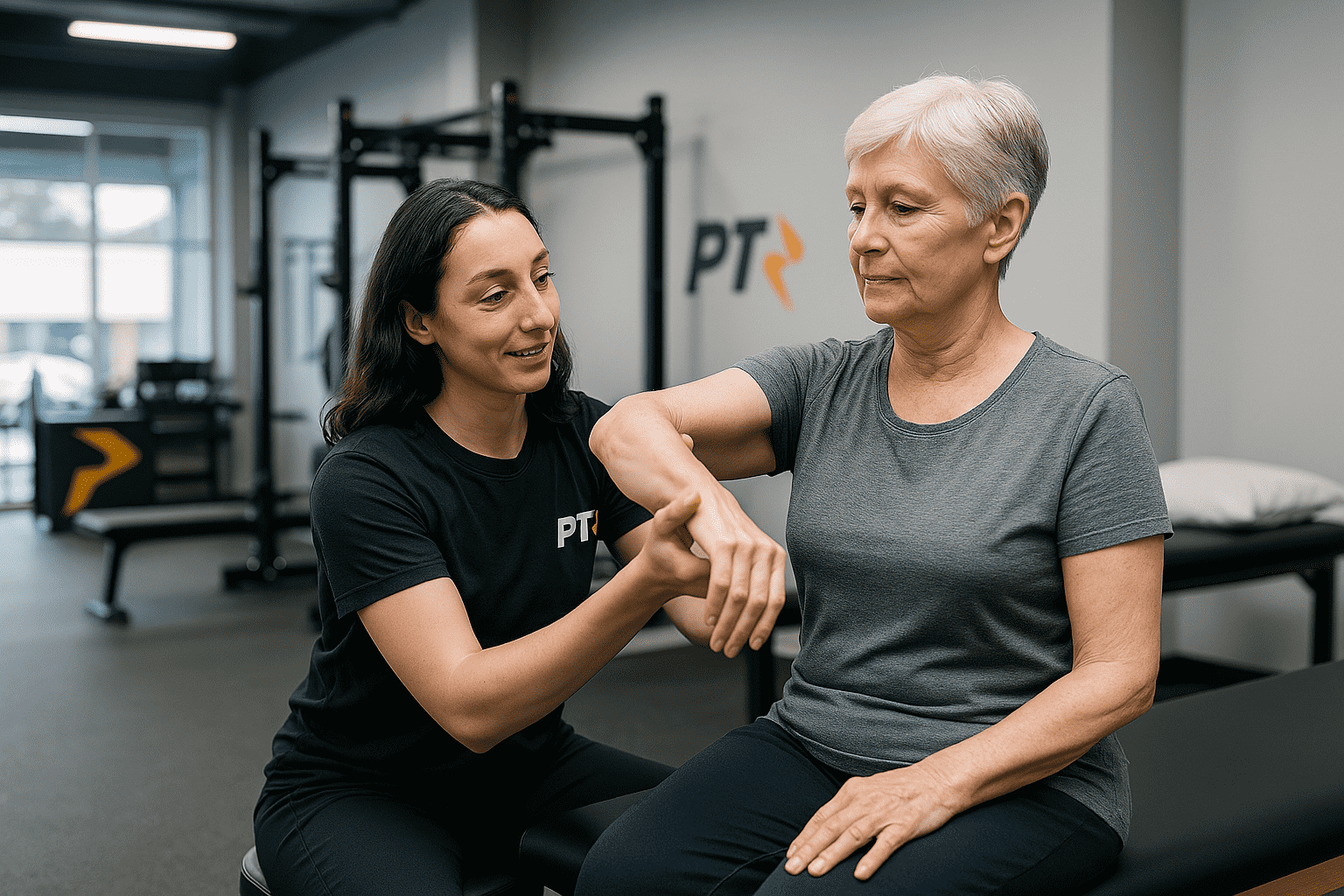
Protect Your Joints and Regain Comfort
Joint sprains occur when ligaments—those tough bands of connective tissue—are stretched beyond their limit. Whether it’s a quick twist of the ankle, an awkward lifting motion that strains your back, or an unexpected jolt to your knee, the result can be immediate pain and instability. In cases where the neck or shoulder is involved, normal movements like checking your blind spot while driving or raising your arm overhead can become excruciating. At The PT Zone, we recognize that each type of sprain comes with its own set of challenges, and our mission is to address them at their root cause. We begin with a thorough evaluation, examining how the injury happened and assessing the surrounding musculature, joint mechanics, and any underlying imbalances that may have made you more susceptible to the sprain.
Once we identify key problem areas, we craft a plan that prioritizes reducing pain and inflammation, improving joint stability, and gradually rebuilding strength in compromised tissues. For ankle sprains, this might involve balance and proprioception drills to minimize the risk of recurring twists. Knee sprains often benefit from targeted quadriceps and hip-strengthening exercises to better support the injured ligaments. Neck and shoulder sprains can be eased by a combination of gentle manual therapy, posture training, and focused range-of-motion work to restore confidence in movements like turning your head or lifting objects overhead. Meanwhile, back sprains may require core stabilization techniques, functional training, and safe lifting strategies to protect the spine.
Throughout your recovery, our team employs a progressive, step-by-step approach—starting with pain relief and swelling management, then transitioning into more dynamic exercises that prepare you for the demands of daily living or athletic pursuits. We also emphasize education about proper body mechanics, safe exercise progressions, and preventative measures to avoid future injuries. By the time you graduate from our program, you’ll have the knowledge and physical readiness to tackle everyday tasks, training routines, or even the occasional spontaneous movement without the constant worry of re-injury. Ultimately, our individualized care strategy ensures that each joint sprain receives the specialized attention it deserves, empowering you to move comfortably and with renewed confidence.
Our Therapies for Joint Sprains Recovery:
Here you’ll find a selection of specialized services focused on pain relief, stability, and functional recovery for any joint sprain.
-
Balance Training
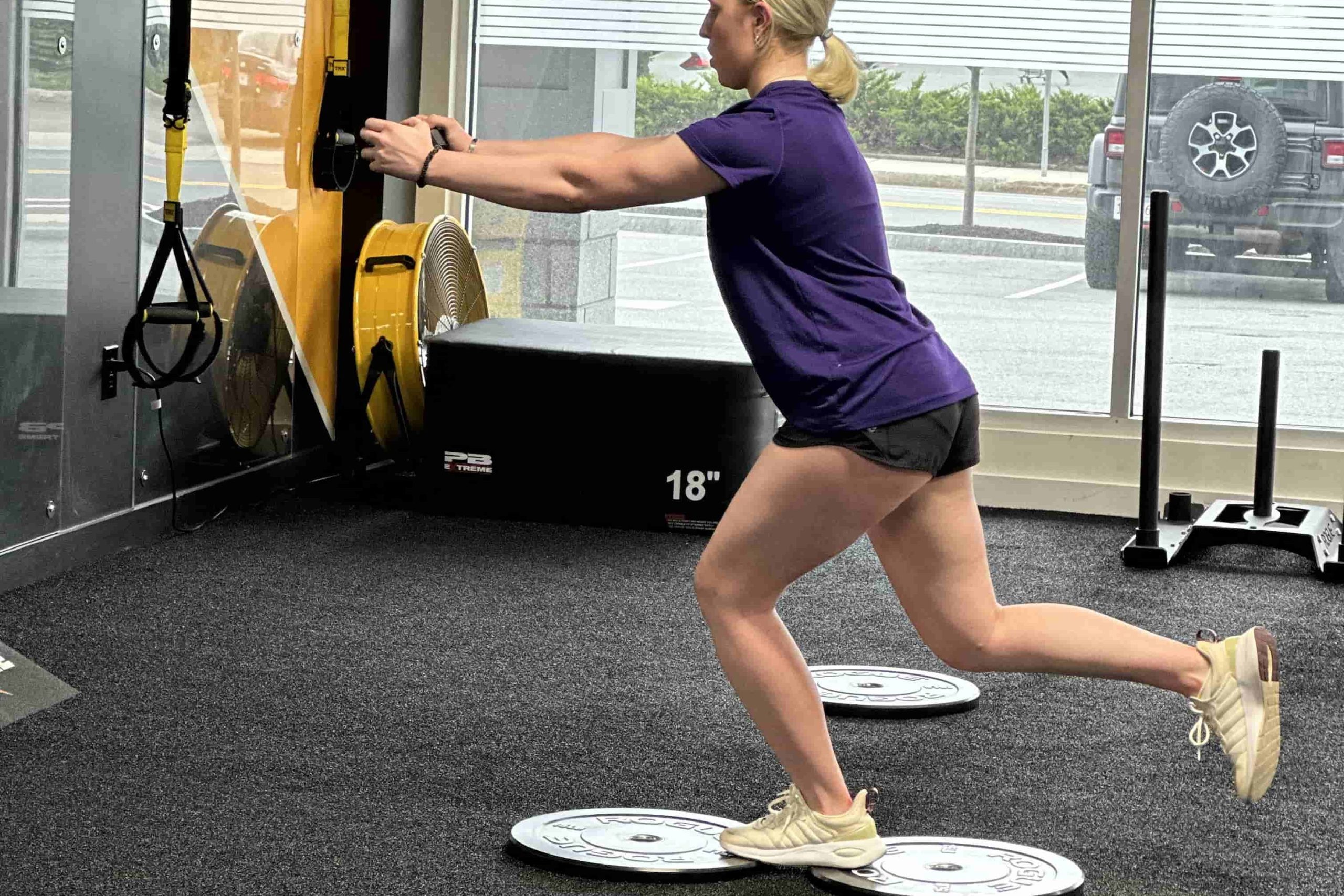
Balance Training is a specialized approach that strengthens stabilizing muscles, enhances coordination, and reduces fall risks, ultimately improving posture and promoting confident movement.
-
Certified Manual Therapy
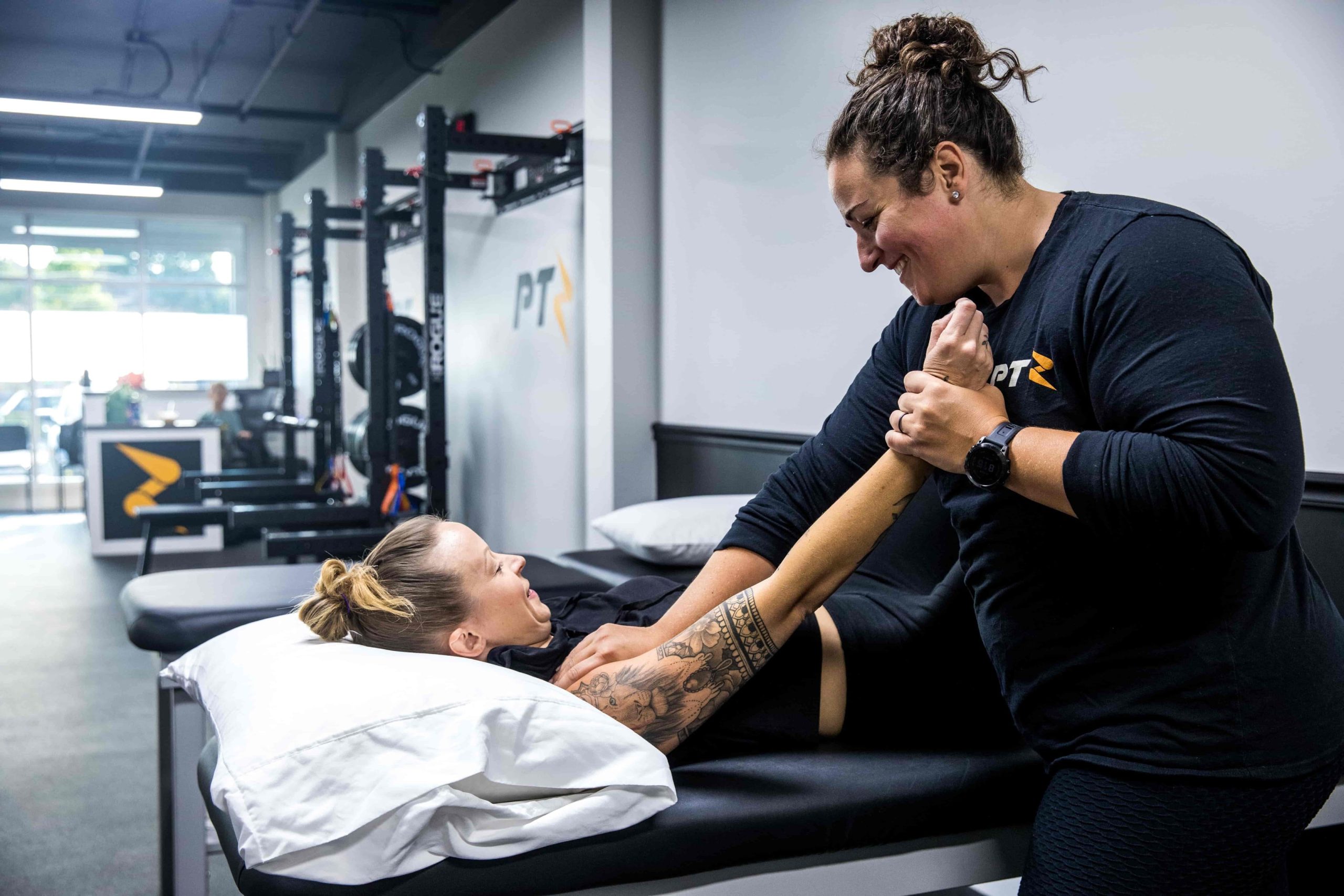
Certified Manual Therapy is a hands-on approach that addresses joint, muscle, and connective tissue dysfunction, reducing pain, improving alignment, and promoting faster, more efficient recovery.
-
Cupping
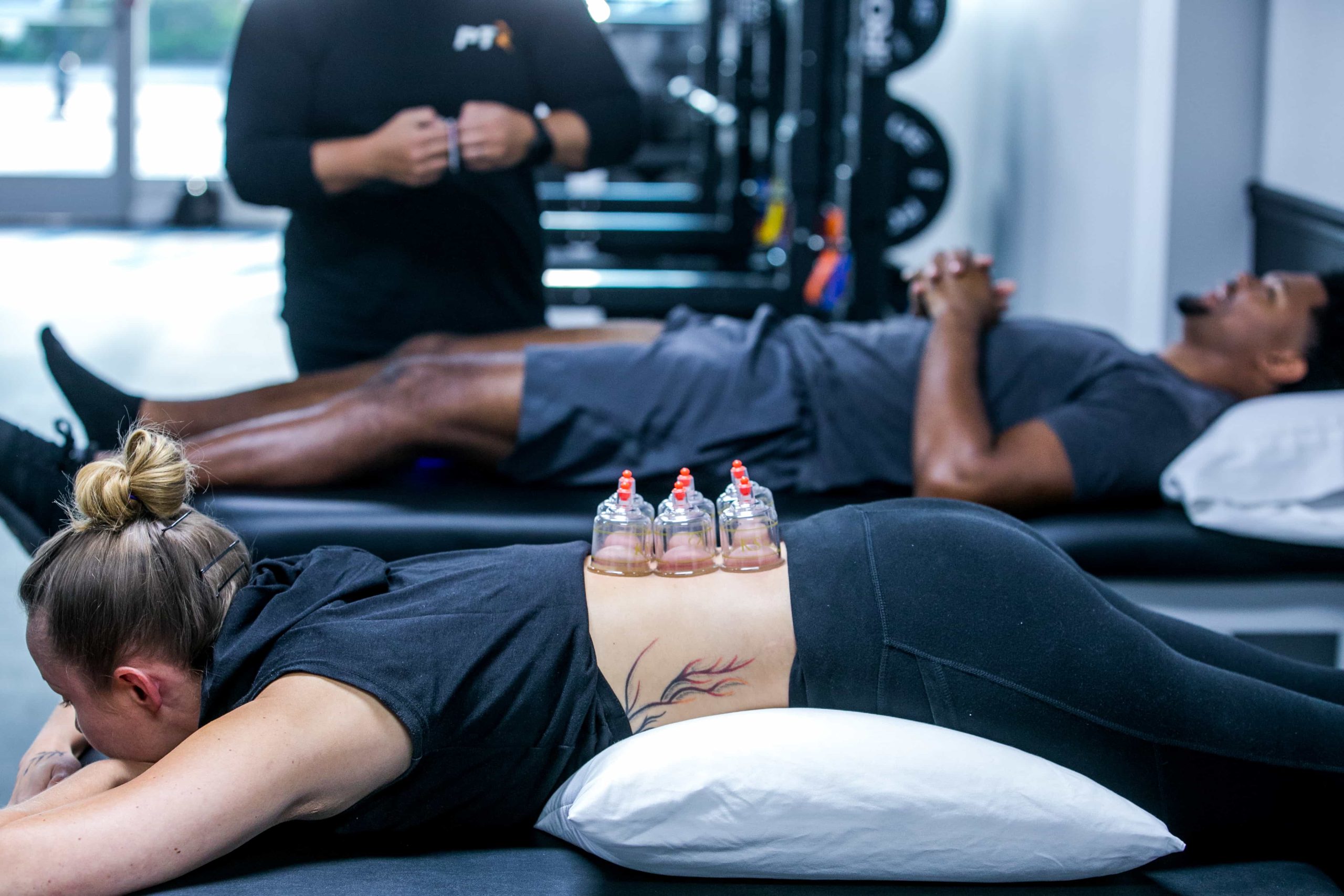
Cupping therapy is an ancient healing technique that uses suction to enhance circulation, relieve muscle tension, and promote the body’s natural recovery process.
-
Dry Needling
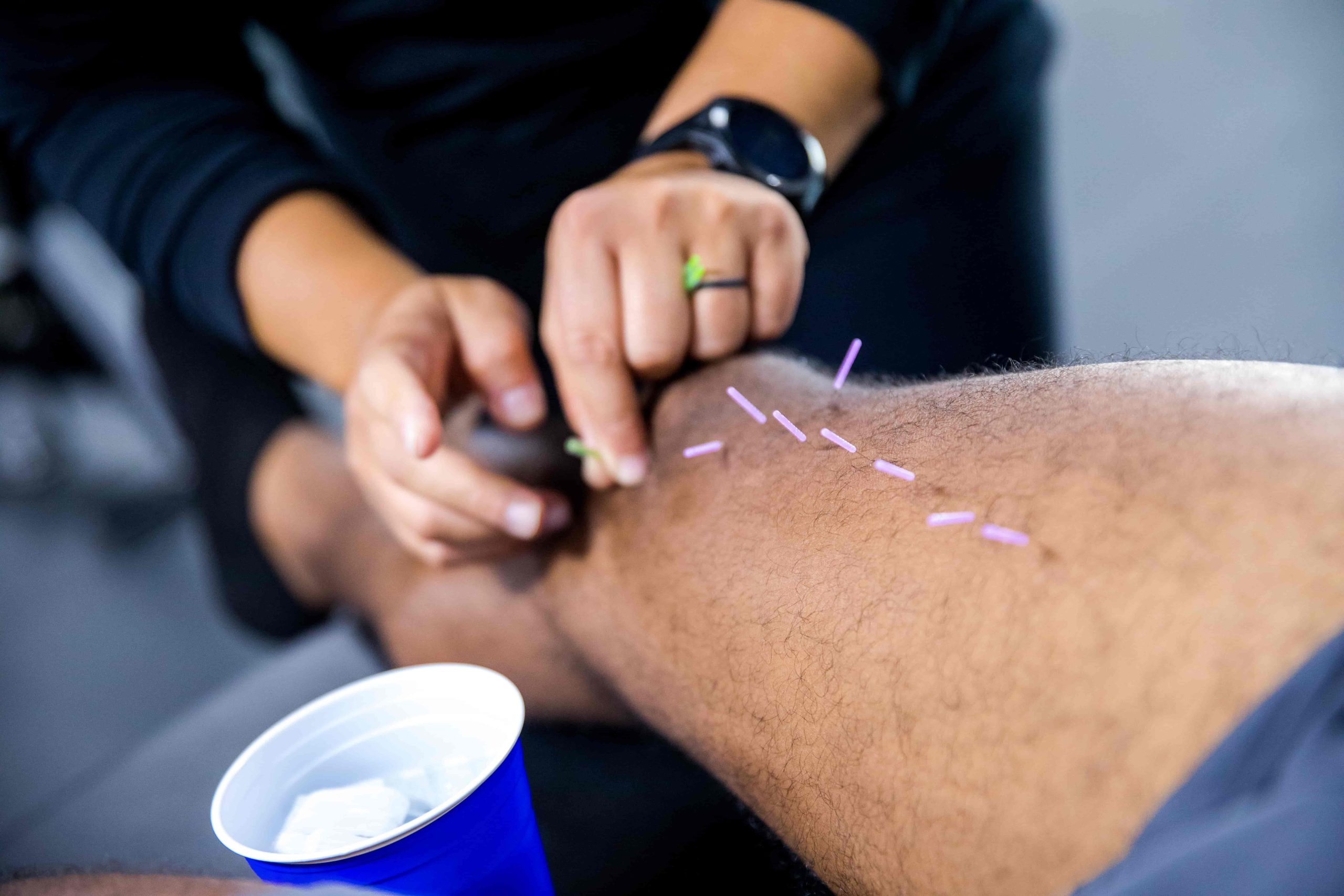
Dry needling is a modern therapy that targets muscle trigger points with thin needles to relieve pain, reduce tension, and restore mobility.
-
Gait Training
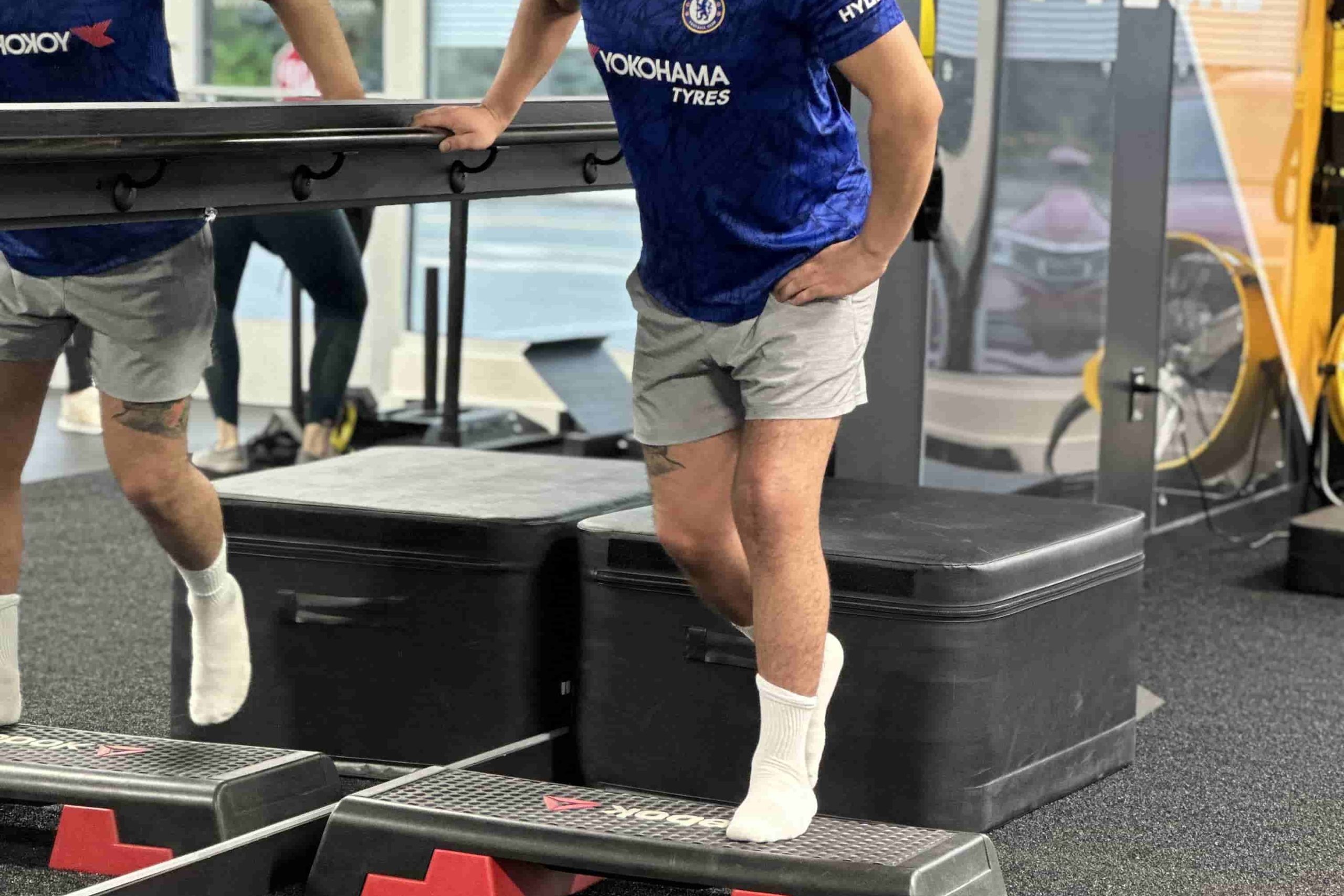
Gait Training is a specialized approach that enhances walking mechanics, improves lower-limb strength, and reduces re-injury risks, ultimately promoting more efficient movement.
-
Graston Technique
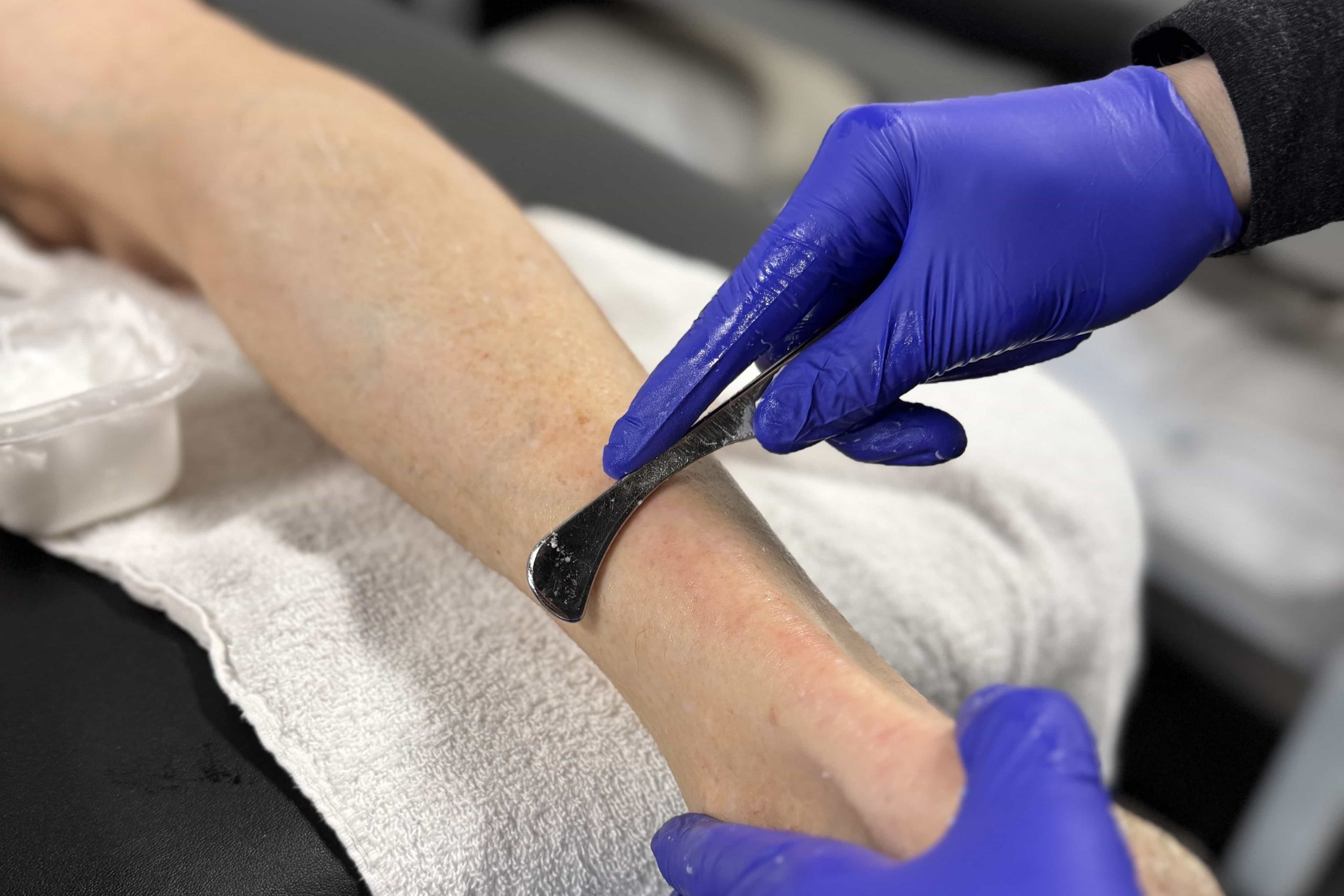
Graston Technique is a specialized manual therapy that uses stainless steel instruments to break down scar tissue, improve mobility, and accelerate healing.
-
Kinesiotaping
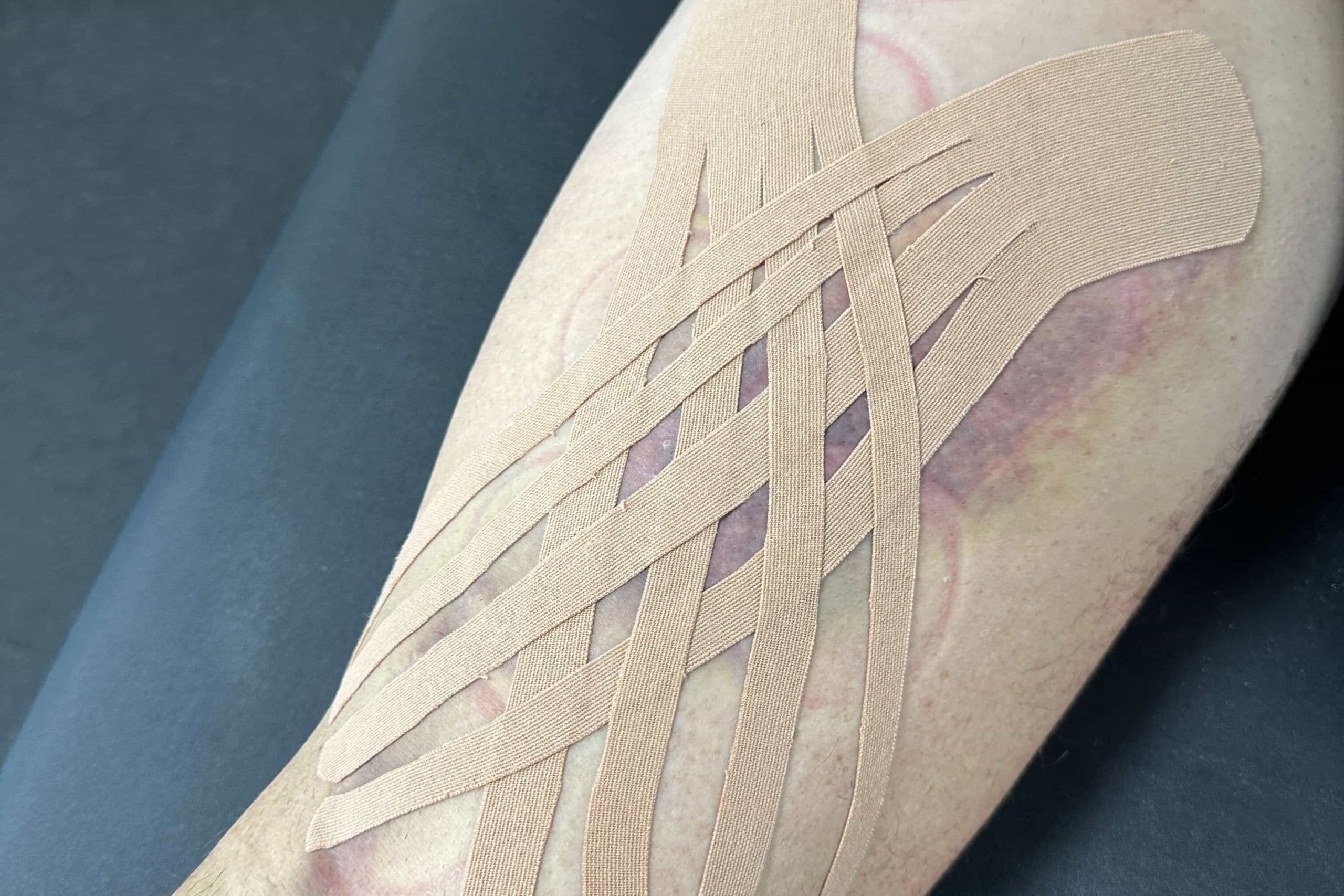
Kinesiotaping is a flexible taping method that provides gentle support, improves circulation, and helps maintain natural movement for a more comfortable and effective recovery.
-
Manual Traction
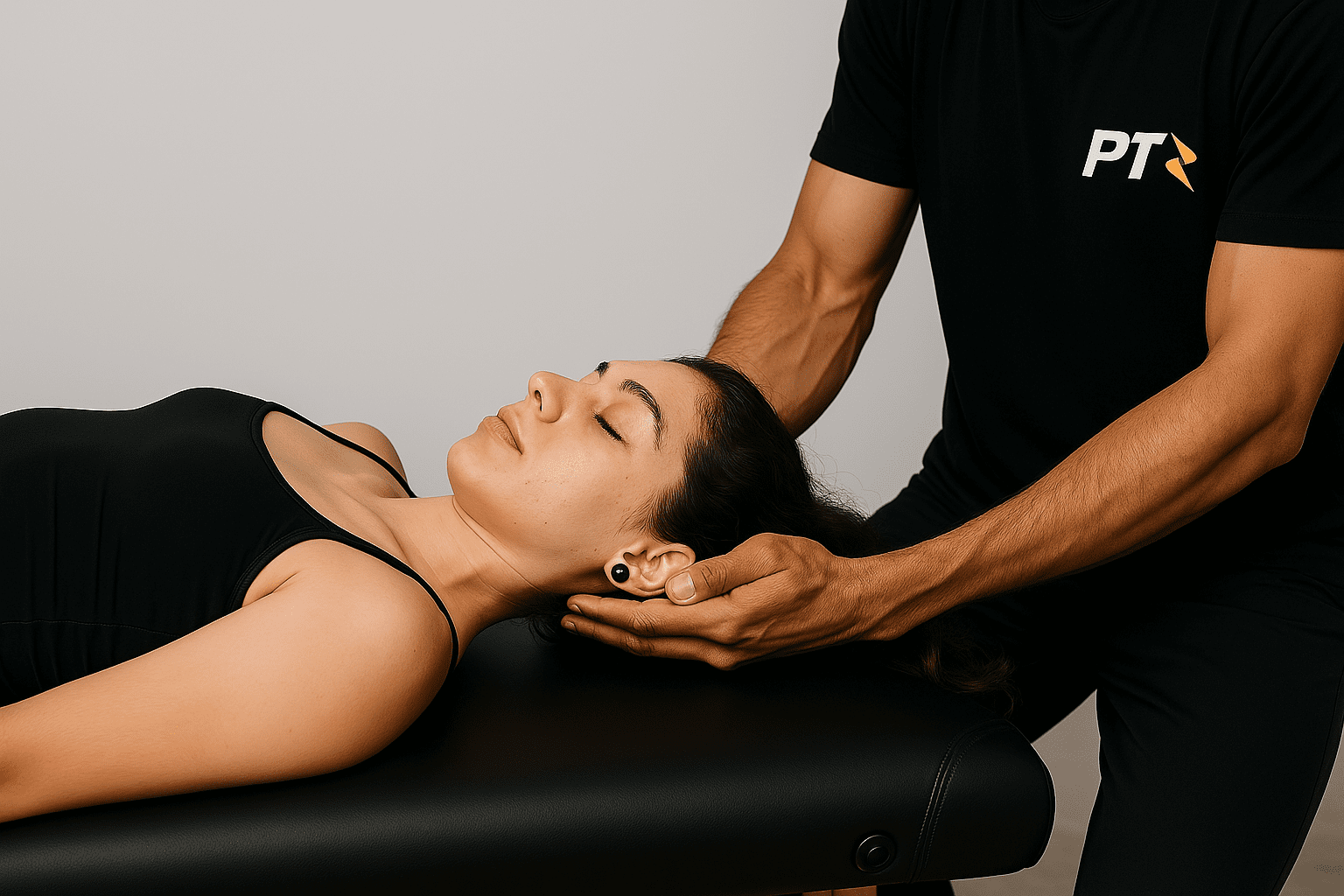
Manual Traction is a gentle, hands-on method used to decompress the spine, relieve pressure on discs and nerves, and improve overall comfort and mobility.
-
Post-Surgical Rehab
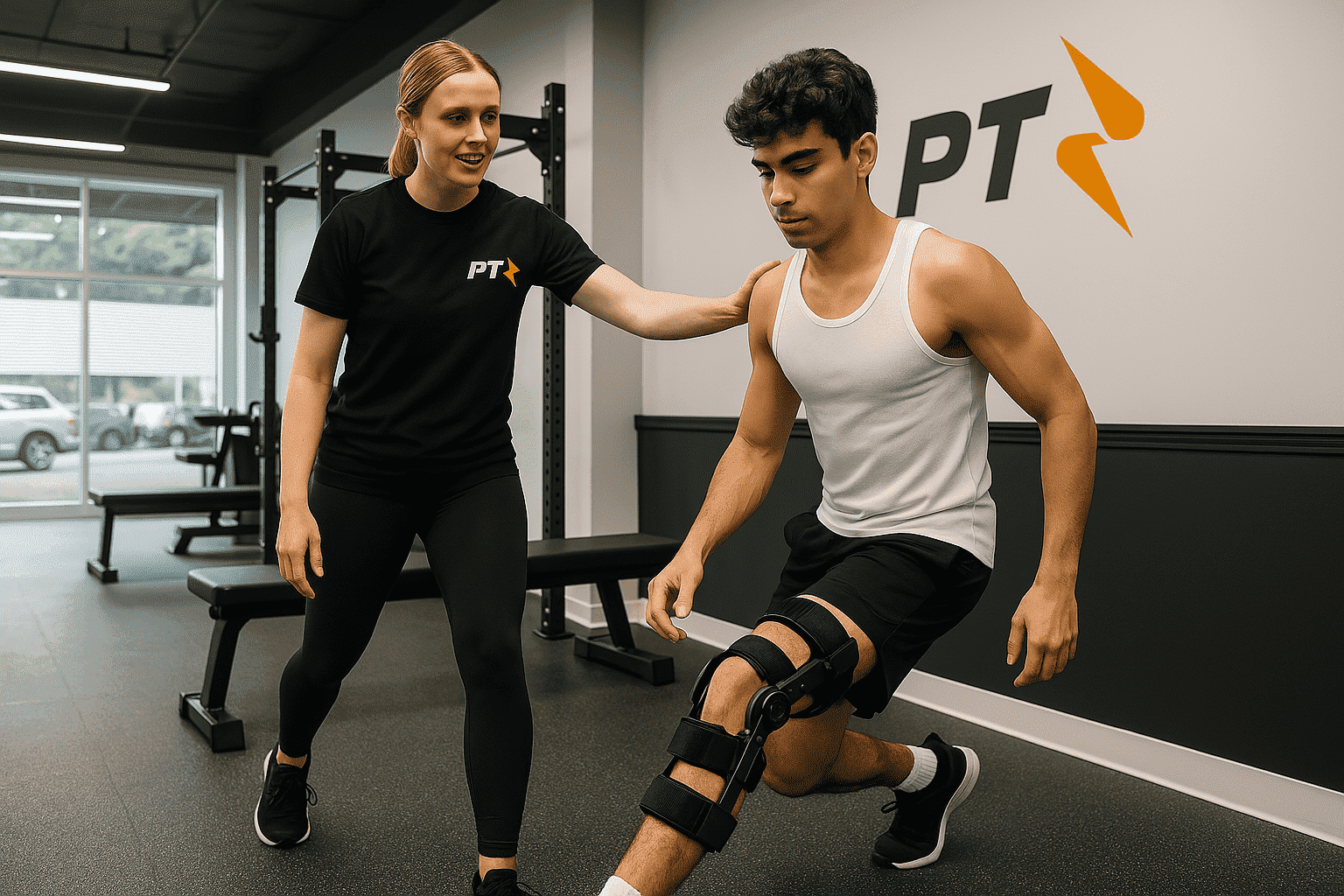
Post-Surgical Rehab is a structured recovery process designed to restore mobility, manage pain, and rebuild strength after surgery, ensuring a safer and faster return to your everyday activities or sports.
-
Physical Therapy for Weightlifters & CrossFit
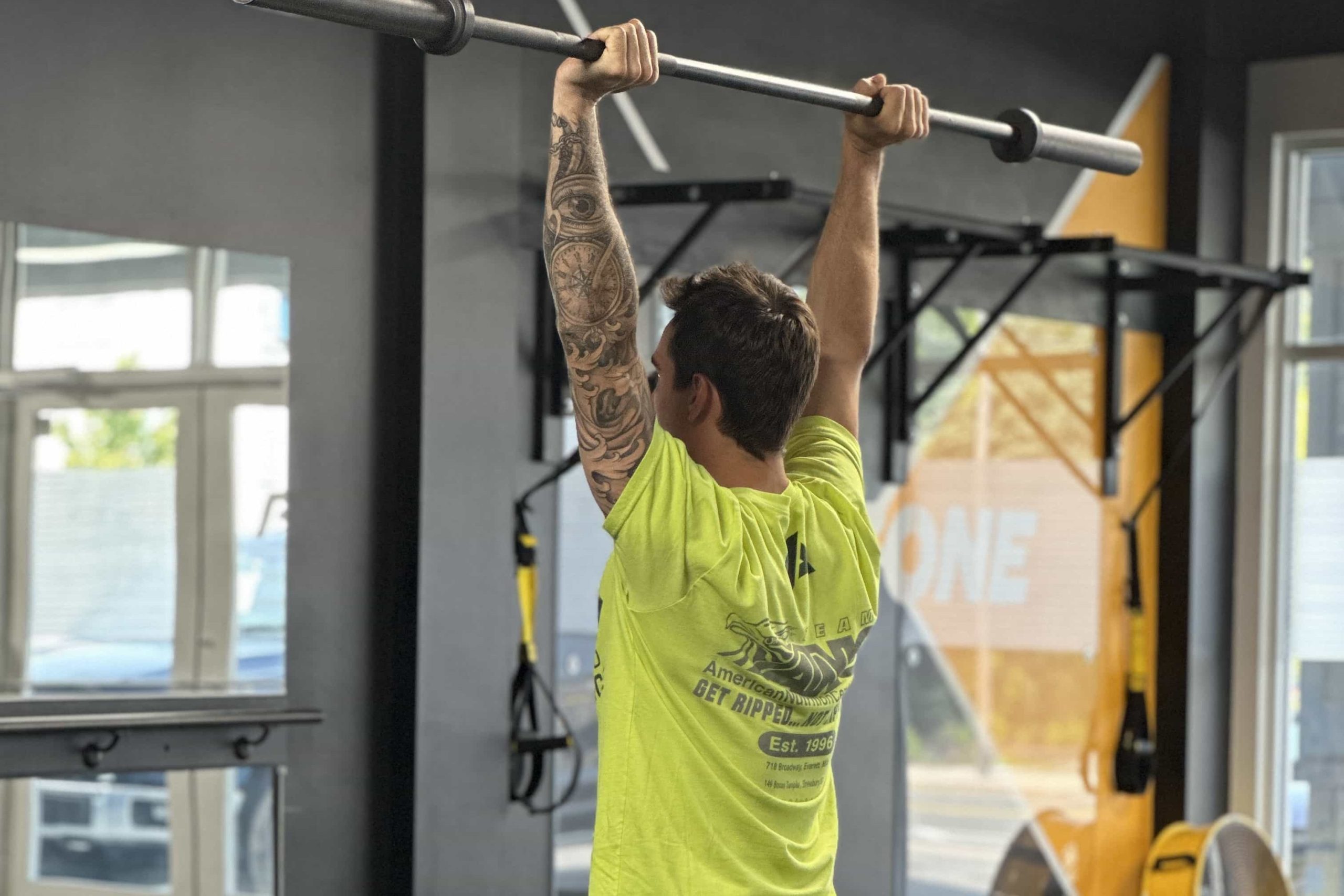
Physical Therapy for Weightlifters & CrossFit focuses on proper lifting mechanics, correcting muscle imbalances, and managing stress on joints to prevent pain, accelerate recovery, and enhance overall strength gains.
-
Physical Therapy For Runners
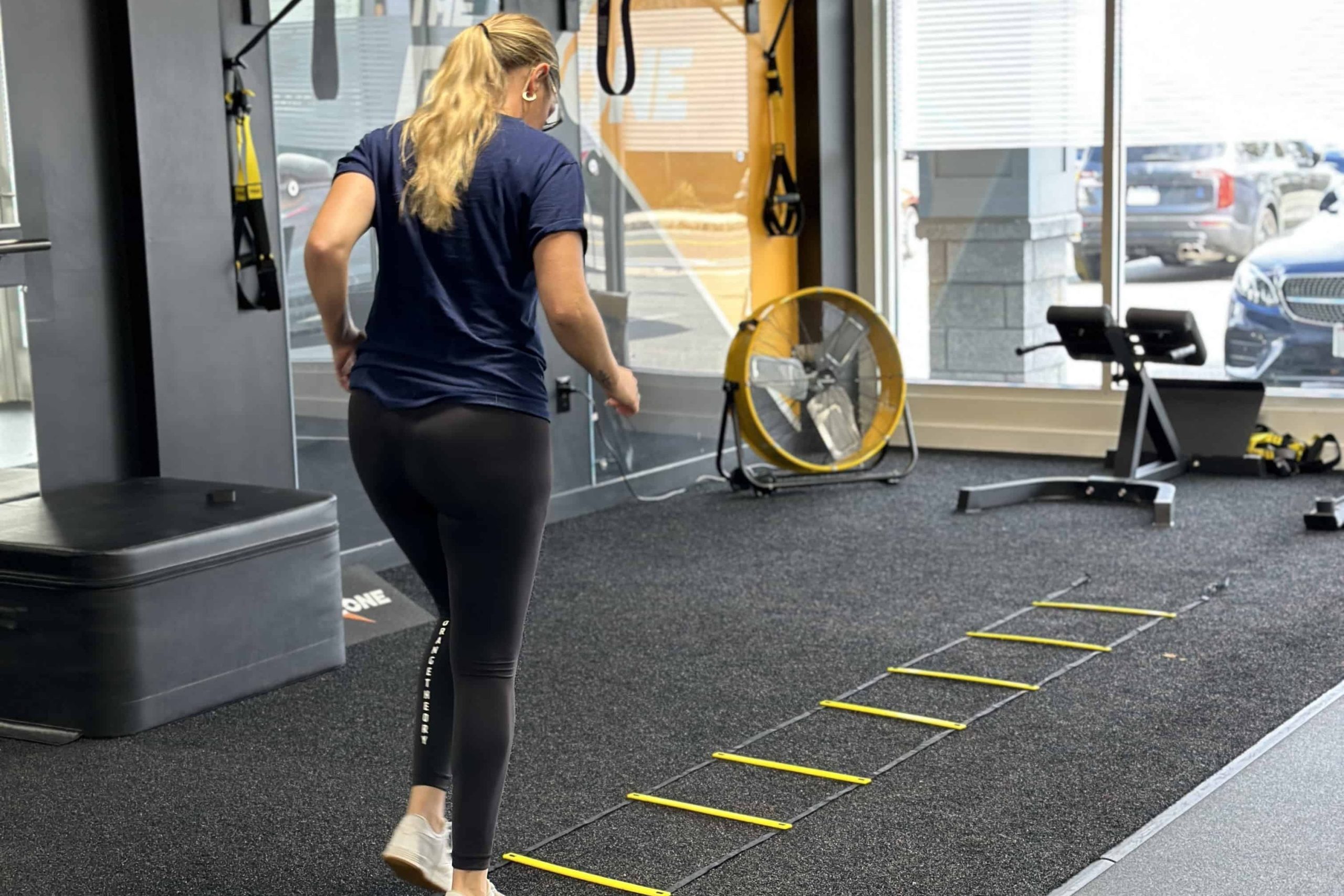
Physical Therapy for Runners focuses on refining running form, addressing muscle imbalances, and enhancing lower-limb stability to prevent injuries and boost performance.
-
Neuromuscular Massage Therapy
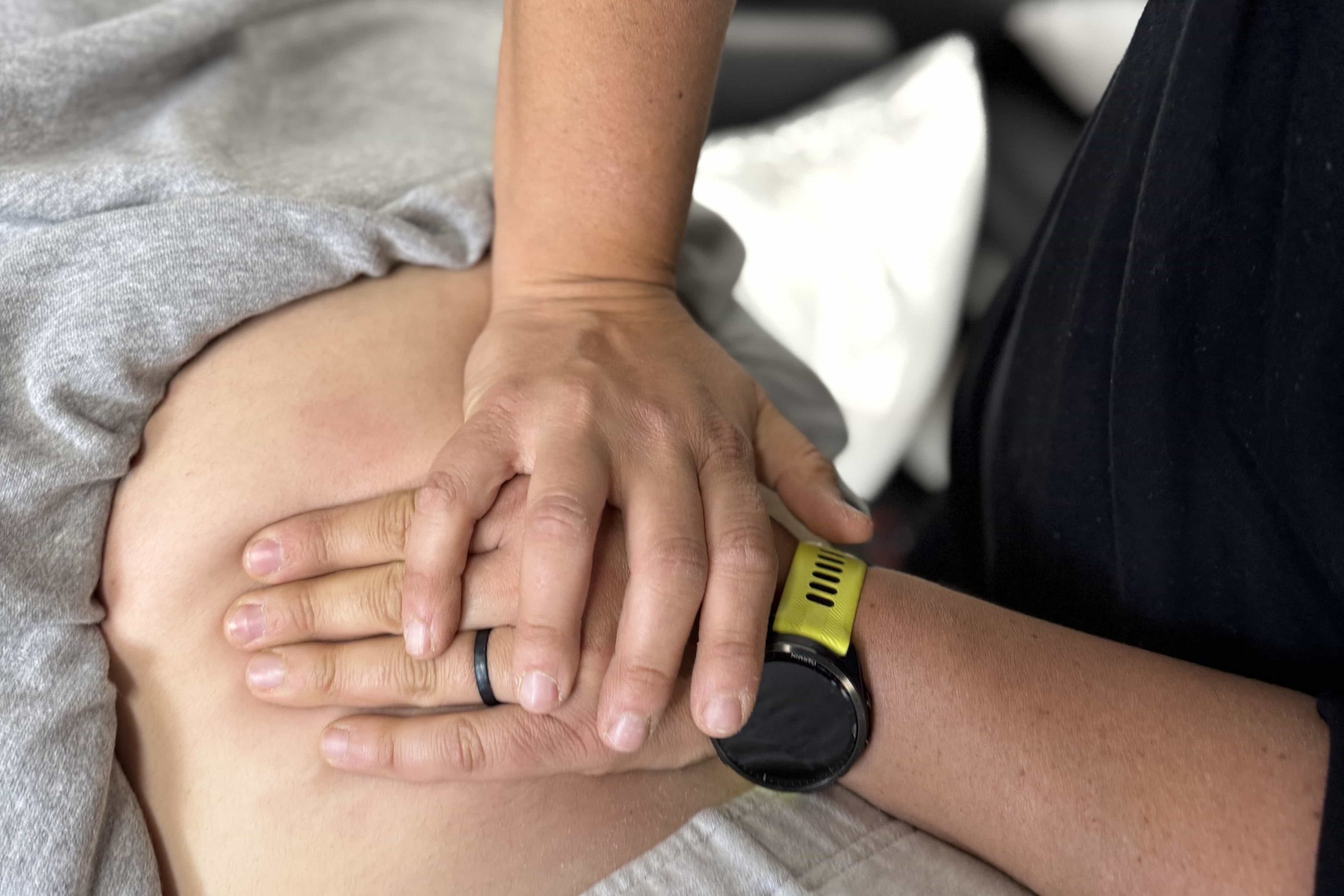
Neuromuscular Massage Therapy (NMT) precisely targets trigger points in muscles and connective tissues, relieving tension, restoring proper function, and promoting long-term pain relief.

At The PT Zone, we’re committed to helping you achieve long-term relief and restore your ability to move freely and without pain.
Our comprehensive programs ensure that each joint sprain is treated with a personalized, evidence-based approach. Let us partner with you on the path to renewed comfort and mobility, no matter which joint is causing you trouble.
Common Questions from Joint Sprains Clients
1. How long does it take for a sprain to heal fully?
Healing times can vary based on the severity of the sprain, your overall health, and how consistently you follow a rehabilitation plan. Mild sprains sometimes improve in a few weeks, while more severe ligament injuries may require several months of structured therapy. Adhering to guided exercises and recommended rest periods typically speeds up recovery and helps prevent chronic instability or recurrent sprains.
2. Do I need to wear a brace or support device?
Braces, splints, or taping can offer short-term stability for injured joints, especially during the initial healing phase. Your physical therapist will advise if and when you should use these supports based on your specific sprain. While protective devices help limit further damage and alleviate pain, they’re usually meant as a temporary measure. Strengthening the ligaments and surrounding muscles is key to regaining long-term stability without relying on external supports.
3. Can I still exercise with a sprain, or should I rest completely?
A total break from activity is rarely necessary unless you have a severe sprain. In fact, a carefully structured exercise program can aid in healing by promoting circulation, reducing stiffness, and strengthening the joint. Your therapist will show you safe modifications, such as low-impact exercises or specific movements that don’t overload the injured area. The key is finding a balance between movement that fosters recovery and rest that prevents undue stress on the ligaments.
4. How do I know if my sprain is serious enough for physical therapy?
If you experience persistent pain, swelling, instability, or an inability to resume normal activities after a week or two of self-care, it’s a sign you may benefit from a professional evaluation. Physical therapy can help identify underlying weaknesses or imbalances that make you prone to sprains. Even moderate injuries can heal more effectively with guided care, minimizing the risk of long-term damage or re-injury.
5. Will I need imaging, like X-rays or MRIs?
While imaging can be helpful if a more severe injury (like a fracture or significant ligament tear) is suspected, it’s not always necessary for straightforward sprains. Your physical therapist or doctor might recommend scans if your symptoms don’t improve as expected or if there’s a concern about a more complex injury. Otherwise, a thorough clinical exam and a careful review of your medical history typically provide sufficient information to guide your rehab plan.
6. What can I do to prevent future sprains?
Regularly strengthening the muscles and ligaments around your joints is the best defense against sprains. Exercises targeting balance, stability, and proper alignment can reduce the risk of sudden twists or overstretching. Additionally, wearing supportive footwear, warming up before activities, and gradually increasing the intensity of your workouts all help protect vulnerable joints. During your rehab, we’ll share tips and routines you can continue practicing long after your sprain has healed.
7. Do I need to avoid all sports or activities during recovery?
It depends on the severity and location of your sprain. In many cases, your therapist will help modify activities so you can remain active in ways that support healing rather than hinder it. For instance, if running aggravates a knee sprain, low-impact exercises like swimming might be recommended temporarily. The goal is to maintain overall fitness while protecting the injured ligament. As you progress in therapy, you’ll gradually transition back to your preferred sports or exercises with fewer limitations.















